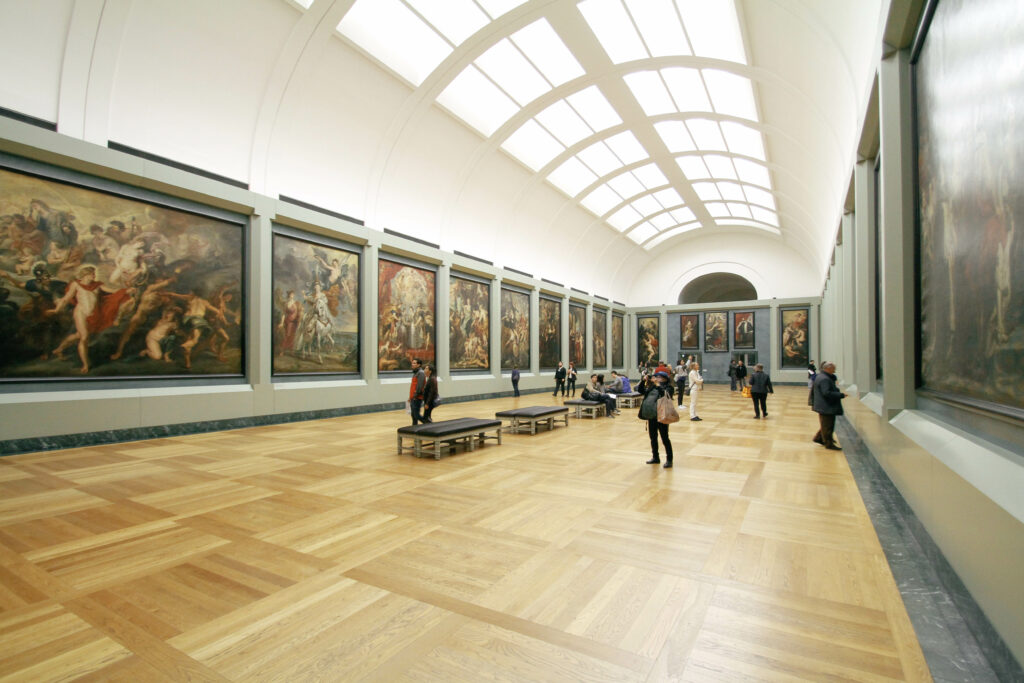
As thoughts turn towards the re-opening of museums, we would recommend insurance be part of the conversation and in this blog we highlight some practical steps which will assist in the decision making process.
Many insurers have not applied any additional terms to their policies, or restricted the cover provided whilst museums have been closed as a result of the government lockdown. This stance will change imminently, and as lockdown gets eased, we expect normal terms and conditions of the policy to apply again, although we would also expect insurers to provide notice of when this will happen. The key consideration for the museum is to ensure reasonable precautions have been undertaken to minimise risk. Therefore, there is an expectation the museum will now be visited by staff and such visits are logged, along with checking of the services, plant and machinery, building fabric and general maintenance, as premises can get a bit dreary without people. If you think the museum could be unoccupied for a longer period of time, speak with your insurance provider so you are aware of any duties on you and cover implications.
In terms of re-opening, we would expect liability insurance to respond should there be an allegation of someone contracting Coronavirus on the premises, whether that be staff, volunteers or visitors, although do check your own policy cover. In addition, the trustees have a duty of care to all when re-opening the museum and there are some pointers detailed here to assist in putting some of the necessary documentation in place. Without legal precedent, coupled with the nature of an invisible disease, it is difficult to see how a museum could be held legally liable for any illness as a result of the disease at the premises, but there are measures to be carried out to assist with defending any potential claims.
Firstly, there needs to be a recorded document of the decision making rationale to re-open by the trustees, and you must ensure the museum is not contravening any government guidance. Then next pointer, and an extension to this, relates to updating risk assessments to ensure you have thought about how the museum operates and how impacts your staff and volunteers, but also how the safety and well-being of visitors can be maintained whilst not impacted too greatly upon the visitor experience. These risk assessments could be broken down into premises, people, social distancing and hygiene, as examples. We would recommend checklists be put together to cover off these themes, which would form part of updated risk assessments. You will probably need to provide staff and volunteers with updated training. Ensure this happens, and also record the time and date, and attendees, when updates are provided. Documentation is paramount. If you need assistance, contact your insurance provider, as they should be able to provide guidance notes and perhaps templates. The HSE website is always a good source of information.
About the author

If you have any questions regarding the above, please get in touch with Ben Leah:








